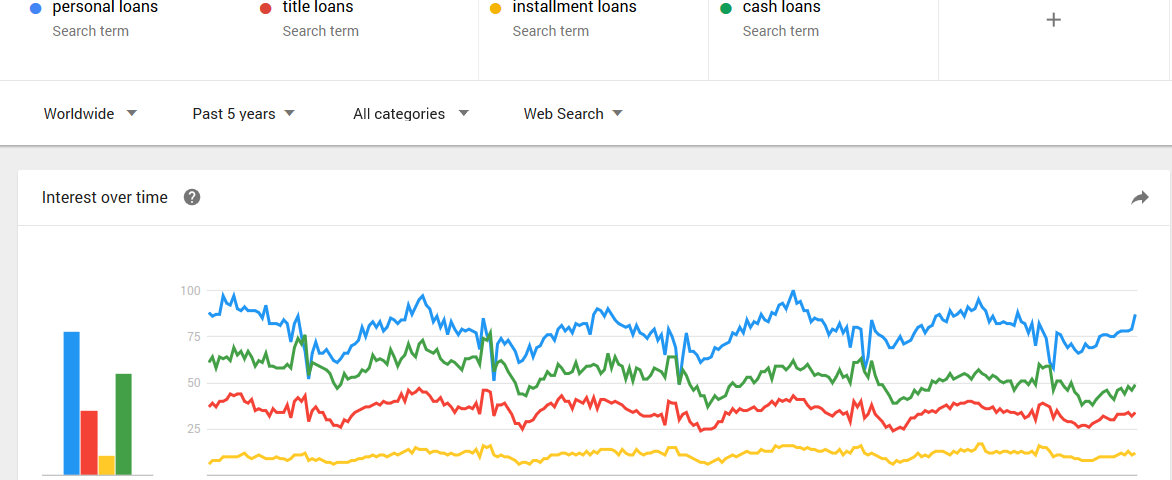To many, home ownership is a vital component of the American Dream. However, many first-time home buyers fail to consider the many responsibilities that coma along with owning a home. If their refrigerator fails to properly cool food and drink, they must spend time and effort fixing it themselves, or pay an appliances expert for repairs. Busted plumbing requires immediate fixes, or else showers, sinks, and hoses won’t spew running water. Homeowners are forced to eradicate unwanted insect populations themselves, hiring pest control or manually squashing bugs, one-by-one. All of these taxing responsibilities, among many others, encourage many Americans to rent, comprising 35% of American households.
Insufficient housing in a majority of metropolitan areas
Constructing homes, apartment complexes, and condominiums is increasingly becoming unaffordable for many property development companies and investors. Apartment List statistics indicates that only 20% of the 50 most populous metropolitan areas in the United States provide sufficient housing to keep up with occupational growth. Although many people are acclimated to driving lengthy distances in commuting to work, it seems reasonable that most of them would prefer to relocate near their employers. However, because there isn’t ample housing being constructed in most metros, fewer people are able to find affordable housing close to their workplaces, likely resulting in increased traffic around those metropolitan areas. In turn, this typically decreases employee satisfaction, potentially causing some to find new employment opportunities closer to home. Further, it’s reasonable to assume employers might fork over higher wages and salaries to retain dissatisfied employees, potentially resulting in higher product and service cost from those organizations.
Homes with 3 bedrooms are most valuable in the nation’s capital
One would think that as the number of bedrooms in a rental property increases, so does rent. However, in Washington, D.C., living spaces with 3 bedrooms are outright cheaper than 2 bedrooms, by an average of roughly $100. Demand for housing with 3 or more bedrooms may increase because of its generally lower price, making it difficult on large families to find sufficient houston.
Small houses’ monthly rents are rising
The University of California at Santa Cruz researches rent prices in the area surrounding Santa Cruz, categorized by the capacity of living spaces (e.g. 1 bedroom apartment, 2 bedroom apartment, etc.). Houses ranging from 1 to 2 bedrooms have increased in price more than any other types of living spaces over the past five years. 1 bedroom houses cost an average of $1,216 in 2010-2011, compared to $1,719 in 2015-2016. Such an increases is calculated at a whopping 41% increase. 2 bedroom houses rose from $1,802 to $2,592 over the past five years, an rise of 43.8%. These rises may cause a disproportionate amount of individuals or couples to live in houses with more bedrooms, potentially resulting in larger families who require larger living spaces having to fork over more than what they can afford.
Millennials unsurprisingly rent more than other age groups
Younger people obviously have less money, on average, than their older counterparts. This holds true because they almost always have shorter work experience, fewer degrees, and less value to employers, resulting in lower income. The 15-34 age group makes up 40.6% of renters in the United States. Although only a small sliver of Americans are disabled, typically earning less money than their younger counterparts, stats of millennials’ preference of renting could jack up housing prices for older, physically-unfit people.
